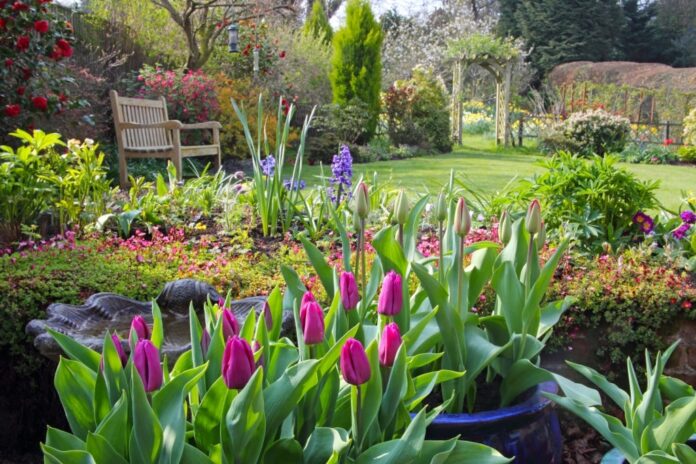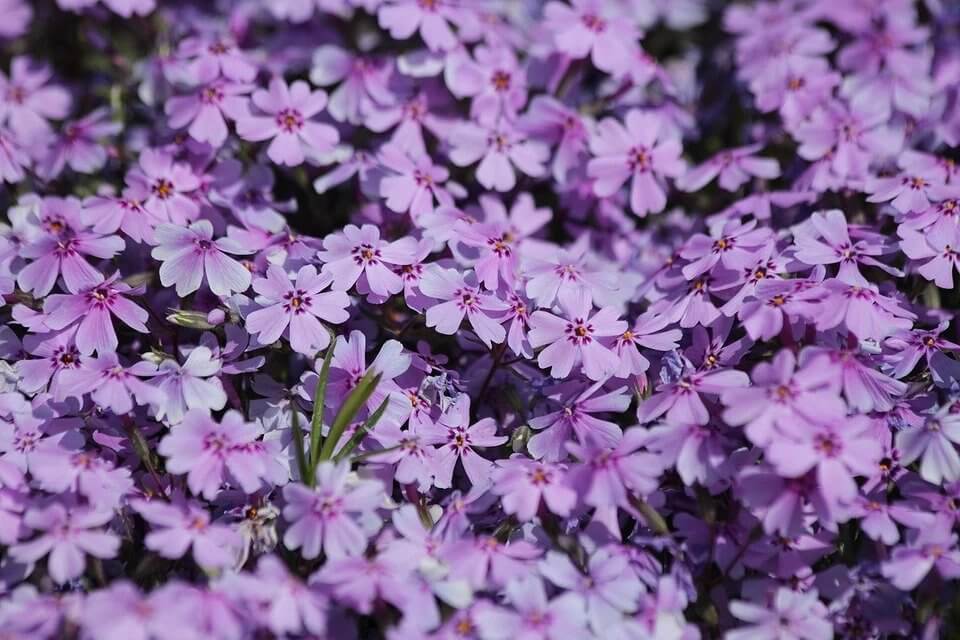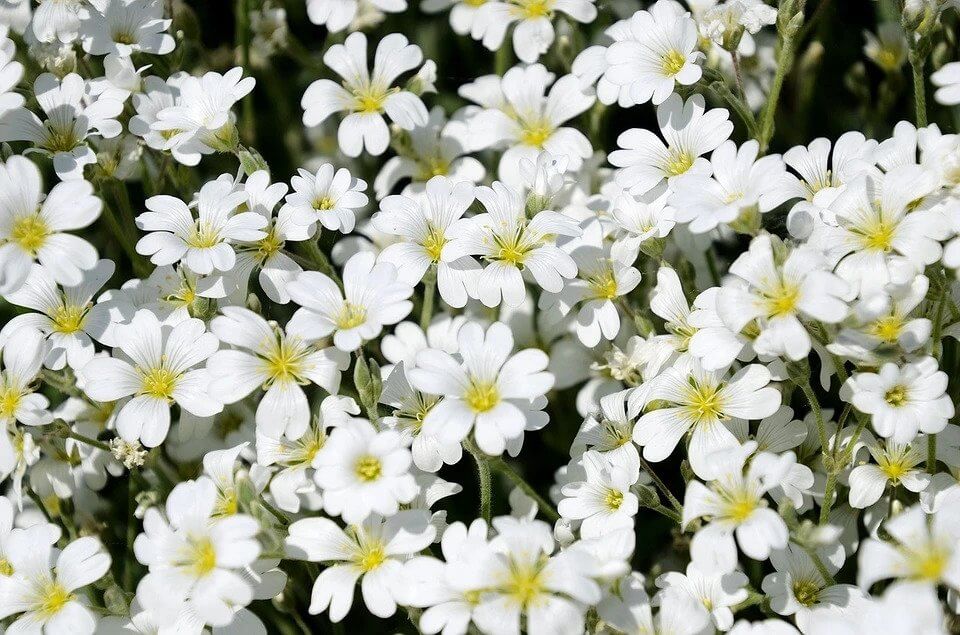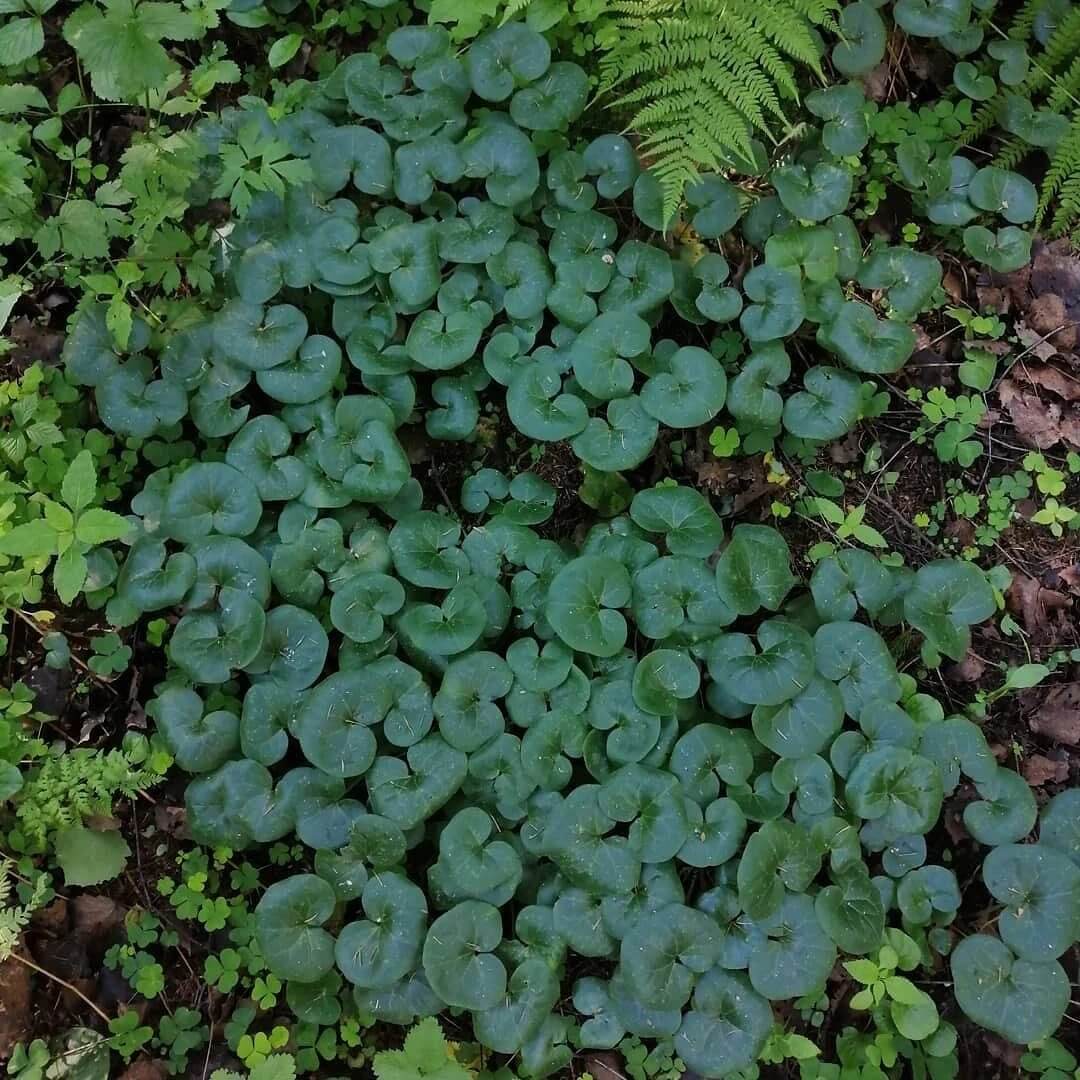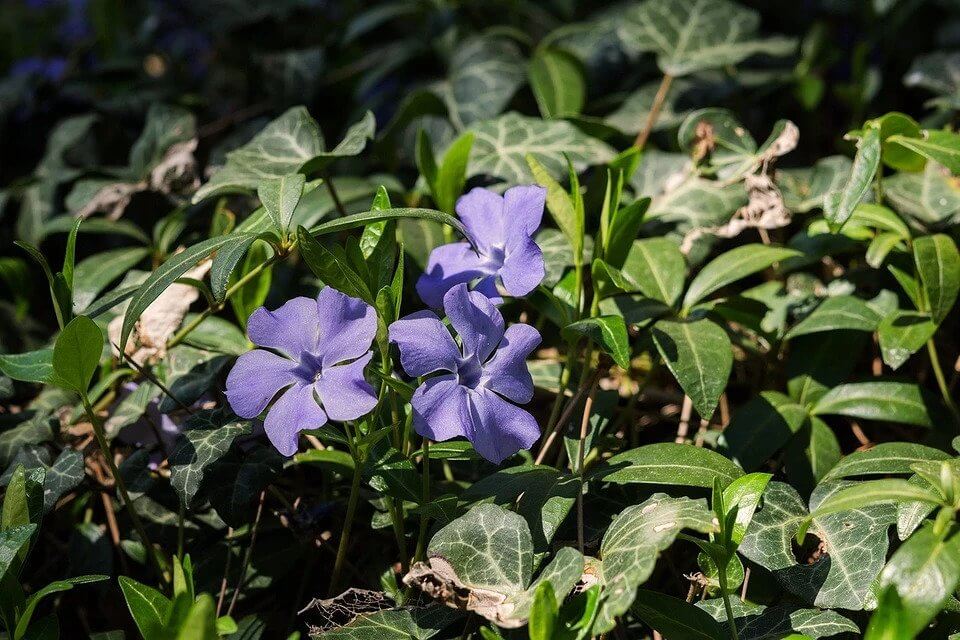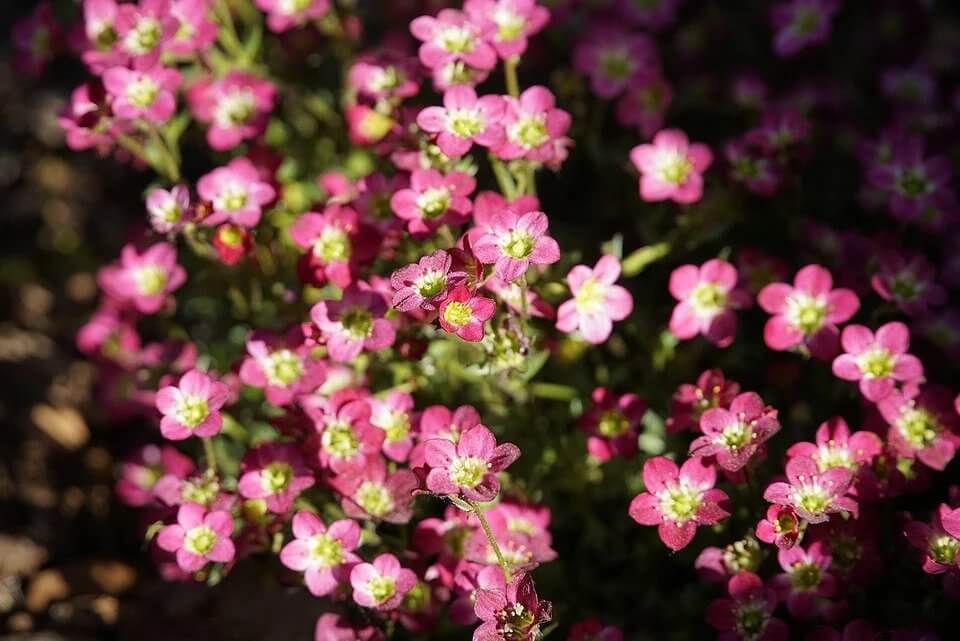Ground cover plants, spreading roots in width, cover large areas of soil. Garden ground covers are practical and provide a physical barrier to weed growth, drying out, and soil erosion. An additional plus of many ground cover plants in terms of garden design is their high decorative effect. Among the garden ground cover, there are representatives of different types of plants: undersized shrubs, vines, ornamental grasses, bulbous and perennial garden plants.
The classic lawn is beautiful but whimsical to care for. And you can only break it on a flat surface. Therefore, many gardeners turn their attention to unpretentious undersized crops. With their help, you can create a fast-growing green and, if desired, a flowering carpet for the garden. We have prepared a detailed description of the best ground cover perennial plants with names and photos for those who do not want to waste time and effort on a classic lawn.
How to choose ground cover crops for your site
Ground covers in ornamental gardening are considered to be creeping or undersized plants. The average height of adult specimens is 18-20 cm, but not higher than 30 cm. For the most part, these are herbaceous perennials, but there are dwarf shrubs and even shrubs. They are all very different, but they are decoratively stable. This means that they retain their decorative appearance during the entire growing season.
Ground covers for the site are selected, taking into account the prevailing conditions: illumination, type of soil, its fertility, and moisture. But these are not all conditions; it is necessary to pay attention to several more factors. Let’s list them all.
- Growth rate. It depends on it how quickly the plantings will grow. The higher it is, the faster the area will be covered with a green “carpet”.
- Frost resistance. It must correspond to climatic conditions, otherwise the plantings will freeze out in the very first winter.
- Regeneration rate after pruning. For rejuvenation, pruning is periodically required. It is important that the plant tolerates it easily and quickly recovers.
- Resistance to diseases and pests . The less susceptible a crop is to them, the easier it is to grow it.
- Decorative value.
If you plan to plant not one but several crops, varieties with the same or similar development conditions are selected. They should be of about the same height, multiply quickly and easily, and grow limitedly in plantings. For small areas, it is better to choose one variety; for spacious areas – a combination of several. Perennials with compact root systems are planted under the trees.
A selection of the best perennial ground cover plants
Sowing perennial soil covers is the best solution in order to create a green lawn with minimal labor. You just need to choose the right varieties. To make the choice easier, we have compiled a selection of ground cover plants for the garden.
For sunny areas
This group contains plants that do well in sun-drenched areas . In partial shade, they will suffer from a lack of light.
1. Phlox subulata
Moss carnation, this is the second name of subulate phlox, blooms very profusely and for a long time. She has two flowering periods. The first falls on the beginning of June, the second – at the beginning of September. The flowers are medium-sized, of different colors: lilac, white, pink. Phlox leaves of an unusual pointed shape, similar to an awl, for which the culture got its name. Phlox is undemanding to the composition of the soil, takes root even on sandstones and stony soils, does not like waterlogging. Landing renewal is required every five years. Propagated by stem and root cuttings, as well as division.
2. Chip
It is a groundcover with small white flowers. Creeping shoots form lush bushes of a beautiful silvery color. In May, they are covered with small flowers. Yaskolka is unpretentious, grows well even on poor substrates. Sandy and rocky soils are suitable for her. Does not like high humidity, therefore drainage is desirable. Perennial is frost-hardy, grows rapidly. Propagated by cuttings or seeds. Seedlings of spring sowing bloom by mid-summer.
3. Sedum
A group of unpretentious ground cover plants with decorative flowers and leaves. Leaves come in different shapes and colors, but are always quite dense and fleshy. In them, the bush stores moisture, so it easily tolerates drought. Watering is required only during very hot and dry periods. Sedum grows well on any soil mixture, bloom from early summer to autumn. The easiest way to reproduce is stem cuttings and division. It is much more difficult to propagate a perennial by seeds.
For partial shade
These crops grow well in small shade . They can be planted along the edge of the trunk circle, near a wall or other shelter.
1. Creeping clover
Herbaceous ground cover perennial with beautiful carved leaves. Inflorescences are spherical, white or pinkish flowers. Blooms profusely all summer. Creeping clover is a honey plant that attracts bees. You need to know this when choosing it for your site. Grows on any soil, including acidic and clayey. Does not need frequent watering, frost-resistant. In one place, planting grows up to 10 years, then an update is required. Propagated by seeds, does not bloom in the year of sowing.
2. Mint loaf
This is a low-growing plant with creeping shoots. The second name is meadow tea. It is really brewed, the drink has a pronounced antiseptic and anti-inflammatory effect.
Above the surface of the earth, the loosestrife rises by 5-7 cm. Small rounded greenish-yellow leaves grow on the stems. The flowers are small, golden in color. The culture is resistant to trampling, unpretentious, grows on any substrate. The root system is powerful and branched, effectively holding together soil particles. Therefore, the loosestrife can be planted on the slopes to strengthen them.
3. Cypress spurge
A perennial herringbone-like groundcover covered with thin silvery-green leaves. It blooms twice in the summer. The first time – in early June, the second – in August. Flowers are planted close to each other, medium-sized, golden in color. But there are also other shades of yellow. Euphorbia is undemanding to the composition of the soil mixture and illumination, however, it grows poorly in the shade, becomes thin and transparent. The bush grows rapidly. The horizontal root system displaces all species growing nearby. Therefore, if it is planned to plant several crops, euphorbia must be fenced off. For example, put bumpers. Propagated by seeds and division.
For shady areas
These crops thrive in shaded areas: inside root circles , under walls and shelters.
1. Clefthooves
Perennial herb with dark green glossy leaves of an unusual shape. They look like a hoof, for which the ground cover got its name. It blooms in late spring. Its flowers are in the form of drooping bells with a pleasant aroma. The clefthoof actively grows due to the rapid growth of the rhizome. For a year, its length increases by 4-6 cm. Ornamental culture prefers loose soils, undemanding to their composition. In favorable conditions, it forms a dense soil cover in a short time. Possesses high resistance to diseases and pests. Propagated by dividing rhizomes and seeds.
2. Periwinkle
An unpretentious ground cover with leathery shiny leaves. For the winter, he does not discard them, the foliage remains green. Periwinkle blooms from mid-June to mid-July. Flowers are large enough, up to 2.5-3 cm in diameter. The color depends on the variety and can be different: blue, pink, white, purple-red. The flower is unpretentious, grows on any soil mixture, but most of all it loves fertile loose substrates. He does not like waterlogged soil. It responds well to the introduction of organic matter: leafy soil, compost or humus. It is best to propagate periwinkle by division or cuttings.
3. Saxifrage
A group of ground cover plants for the garden, perennials and annuals. Unpretentious, frost-resistant, resistant to short-term drought. Powerful rhizomes reach 1.5 cm in diameter, they are able to penetrate even into the thickness of the stone. For this it is called the tear-grass. Unpretentious saxifrage grows rapidly, they are frost-resistant, undemanding to the composition of the substrate and moisture. The leaves of most species are pinnate or rounded, collected in rosettes. Almost all varieties of saxifrage bloom profusely and for a long time. The color of the petals is very different: from pale pink to rich scarlet. The flower propagates by seeds or by dividing the rhizome.
Rooted adult plantings of ground covers do not need special care. It is necessary only for young plants. Before planting them, the site is prepared. They dig it up, remove all the weeds . Young shoots are periodically weeded and mulched. Well-rooted plantings only need watering and pruning overgrown specimens.

